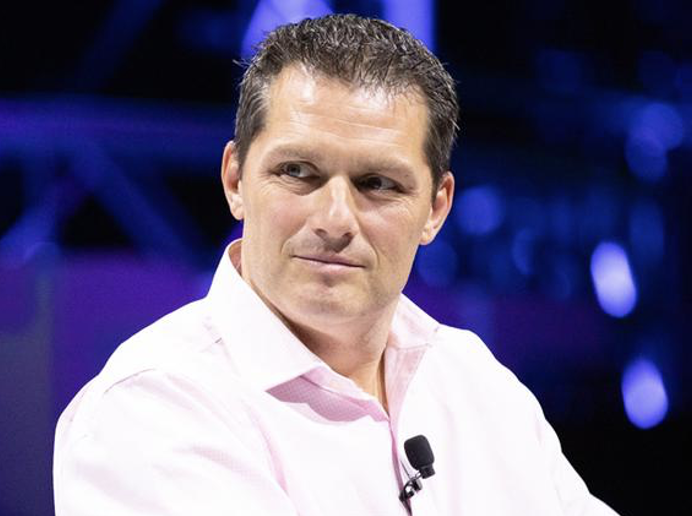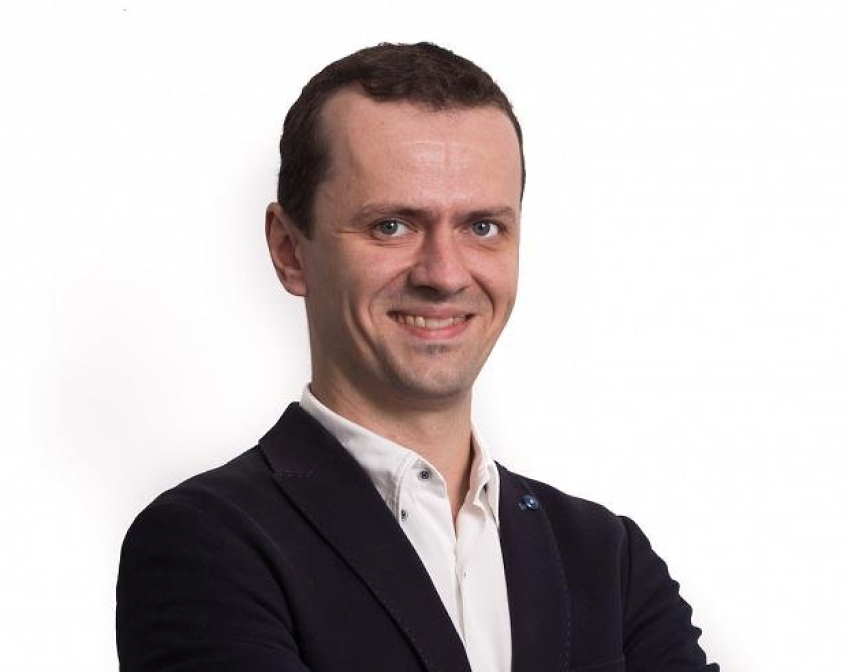Few people on Earth live and breathe channel marketing like Jay McBain. As Chief Analyst at Canalys, Jay spearheads channel research in North America and plays a pivotal role in global channel research and advisory. His expert insights and enterprise foresight make Jay a leading figure in the channel marketing ecosystem, and his accomplishments read like an industry greatest hits: 2021 Channel Influencer of the Year by Channel Partners Magazine, Top 40 Under Forty by the Business Review, and Top 8 Thought Leader by Channel Marketing Journal, just to name a few.
A channel ecosystem consists of partners that serve as distribution intermediaries to sell products and services on behalf of another company. Channel partnerships allow vendors to extend sales and marketing reach, while channel partners earn revenue from commissions or margins on the products they sell. The mutually beneficial relationship requires vendors to invest in training, support, and product education to ensure the partners represent the vendor’s brand well and deliver value to end customers.
With nearly three decades of experience and a track record of guiding vendors across diverse technology sectors in refining their partnering and ecosystem strategies, Jay is a go-to speaker at major vendor channel events. His journey from Western Canada to becoming a global “channel evangelist” reflects Jay’s dedication to his craft and deep understanding of his domain.
Jay recently talked with Crew Capital’s Sonia Damian and Dylan Reider to discuss all things channel-related, including early-stage strategy, GenAI, and measuring success, among other topics.
Create value in existing channel ecosystems
As more business models shift toward recurring revenue streams, the importance of channel partnerships continues to grow, too. Companies need to adopt a holistic approach to ecosystem development, focusing on partner enablement, collaboration, and value co-creation.
“Your first channel person should be your co-founder, your CTO, your tech leader. They should live and breathe integrations,” Jay said. “If you think you’re going to build your own SaaS tool today and sit out on your own island, you’re not. You have to build your company inside an ecosystem.”
Of course, building channel ecosystems comes with its challenges. Those include partner recruitment, training, and incentivization. As Jay sees it, this is where leveraging data analytics and insights come into play. They allow a company to identify high-potential partners and tailor engagement strategies to fit into a seven-layer stack — a crucial concept in Jay’s worldview.
According to Jay, the seven layers of a tech stack include: Partner relationship management (PRM); through-channel marketing automation (TCMA); channel learning and readiness (CLR); channel incentives management (CIM); channel data management (CDM); channel marketplaces, financials, pricing, and inventory; and channel ecosystem management.
“The first foundational layer of that seven-layer stack, the platform, is where you need your first integration. You have to work with what they buy,” he said. “If it’s an HR buyer, you have to work with Workday. If it’s a CX buyer, you have to work with ServiceNow. It’s a marketing buyer, you have to work with HubSpot.”
Furthermore, ecosystem partnerships drive customer adoption and retention. By offering integrated solutions and seamless experiences, companies can enhance customer satisfaction and loyalty, ultimately driving long-term revenue growth and increased lifetime value.
“When I hire more salespeople and marketing people, I want to be celebrating all those things we’re measuring, showing the seven partners around that deal who actually help nudge us forward, and encouraging people that the more of these seven people we know, the more deals are going to come,” he said.
The channel with the best ROI
No matter what stage a business is in, founders need to think about optimizing their return on investment. That goes for channel marketing, but it’s not a one-size-fits-all proposition. Jay sees the seven-layered tech stack as a series of partners that drive individual businesses.
“Every customer has seven partners they trust if they’re mid-sized or larger,” Jay said. “In the end, what you’re trying to do is fill up those trusted seats with people who are familiar with you and would endorse you. The idea now is, you know, there’s multiple channels. Customers are not going to fill up all seven seats with one kind of partner.”
Put simply, what fits for a SaaS company doesn’t fit for a company that sells personal computers, and vice versa. Resellers make little sense for a SaaS business, but for companies like Dell, HP, and Lenovo, the majority of PC sales come through resellers. The differentiator, to Jay, comes with understanding the market and the channels that correspond with it.
Where founders should focus their energy
While founders might be excited to simultaneously build out their own communities and channels as they find product-market fit, Jay advises against putting the cart before the horse.
“When you’re kind of strapped for cash, when you’re in your first seed, even into your Series A, you’re not building your own community,” he said. “What you’re doing is going to work in the communities that are already trusted by your customers and by your partners… What they read, where they go, who they follow.”
Jay noted that he has written extensively about the “14 spheres of influence” that comprise 106 magazines, 270 events, 143 social groups, subreddits, discord channels, Slack channels, LinkedIn groups, and podcasts that partners use. He recommends meeting partners where they are to maximize early returns and waiting until later stages to build up proprietary channels.
“Most founders make this mistake of, ‘Hey, we’re going to build this movement,'” Jay said. “In the first few years, pretty much your third series A into a series B and series C, is when you start looking inward and start to nurture your own community.”
Building a $100M company in layers
In Jay’s view, early-stage founders need to work toward building something big, broad, and disruptive. That mindset will entice investors and serve a founder well, but being all things to all people doesn’t work when trying to partner with the Amazons, Microsofts, and Googles of the world — not even those tech titans solve every problem. Offering transparent layer solutions makes far more sense for early-stage companies.
“Too many of the 250,000 ISVs are still going to market with, ‘We’re all things to all people all the time,'” Jay said. “It confuses investors because they go on LinkedIn and see you have five guys, five people in a garage. It confuses the market because it’s like, ‘How, with only five people, did you build something more robust than Microsoft did?'”
Jay presented a hypothetical of how to build a company in seven layers. A mid-sized bank in Northern Scotland might use Microsoft, but it then seeks out a local company for custom software to address regulatory compliance issues in Scotland. In all likelihood, Microsoft would never offer such a service, and the small player complements that Microsoft stack.
That small developer can clearly say at future events and trade shows exactly what it does.
“If you’re a midsize bank in Northern Scotland, and you happen to be in Microsoft or you happen to be in AWS, I’ve got the seventh layer,” Jay said. “I’ve got that final icing on the cake that’s going to save you a bunch of money, keep you out of jail, or whatever it is I do.”
Continuing the hypothetical, that small software company can next look to expand to similar-sized customers across European borders — that’s layer six.
“You don’t just do mid-sized banks in Northern Scotland, you might do mid-sized banks across Europe,” he said. “Then you can change your language. ‘Hey, if you’re a mid-sized bank in Romania…you should consider us along with Microsoft because we’re pan-European.'”
From there, layer five equates to global reach. Layer four expands beyond mid-sized banks to all-sized fintech companies. Layer three branches horizontally to all industries, all geographies and all buyers — expanding into new territories and industries, one layer at a time, until reaching layer one. The key is to start with one layer and build.
“Be specific when you’re in these bigger communities,” Jay said. “Your market TAM is going to be one one-millionth of Microsoft’s TAM. But that one one-millionth of Microsoft’s TAM is still going to grow you into a $10 million revenue company to get you to the next investment where you could become a $100 million company and a layer four of the seven-layers stack.”
How to measure success with channel partners
In the past, the primary partnership metric was total sales and if the partner influenced that sale. Today’s landscape looks far more sophisticated. According to Jay, there are more than 230 companies in the channel technology stack that allow you to monitor, measure, and manage non-transactional moments.
“For all the partners you have, there’s now a technology that can go out there and listen into all the moments in the customer journey and you can start building your own data link of how that customer works with partners, because again, they have seven on average,” he said. “The better you can listen, the better you can apply value to those moments.”
Generative AI growth in the channel ecosystem
While GenAI is the hottest topic in tech, it’s not entirely new to Jay’s sphere. During his 17 years at IBM, Jay saw Deep Blue beat Kasparov at chess, and Watson beat Brad Rutter and Ken Jennings at Jeopardy! Both were AI-centric events.
“The hype cycle is intense, but the channel has lived through these hype cycles before,” Jay said. “Ten years ago, IoT, Internet of Things, was supposed to change everything. And it didn’t. Even last year, the metaverse was supposed to change everything. It didn’t.”
Nevertheless, Jay sees immense potential for GenAI, particularly in revolutionizing content creation and customization. While still in its fledgling stages, GenAI will grow from a $15.4 billion opportunity in the channel ecosystem in 2023 to a $158.6 billion market by 2028 according to a recent report from Canalys.
In talking to millions of partners, Jay and his research team found that those partners divided themselves into three equal camps: One-third are excited and diving in; one-third will happily enter once there’s a clear opportunity; the final third plan to be a late majority.
“The traditional, what we’ll call that ‘Microsoft channel’ from the 80s and 90s, their opportunity probably doesn’t start for 18 months to 2 years,” Jay said. “The work on GenAI will be done at the edge. That’s where the language models will be trained and tuned…That’s where there will be a fantastic opportunity to go sell stuff, new stuff to go service, stuff to manage, stuff to get past the consulting, design, and architecture work and actually get into the meat of the opportunity.”
Leveraging channels to enter new markets
While a founder might think they can conquer worlds alone, in reality, expansion isn’t so simple. Starbucks can’t just buy a coffee shop on every corner of the world. McDonald’s can’t buy a restaurant on every street in the world. After achieving product-market fit and the sales and marketing engines hum, channels provide a more efficient path to expansion.
“If you’re just narrowly a product-led growth company, you’ve restricted your TAM because you’ve created friction at your customer,” Jay said. “If you open up your business model, you’re going to create less friction. You’re going to open new customers. The product is the same, but the way they acquire it or consume it is different.”
According to Jay, TAM expansion can only come in six different ways:
- Crossover buyers
- Crossing industries
- Targeting new sectors
- Moving geographies
- Innovation and diversification
- Leveraging ecosystems and partnerships
“There’s no company from the very top, from the seven trillion-dollar companies starting with Microsoft, Apple all the way down into the Fortune 500 companies in tech, not one of them is direct,” Jay said.
Jay cited Dell as an example of a company striving toward direct-only sales. Dell went so far as to run TV commercials making fun of channel partners in the 1990s — but today, Dell’s sales are 60 percent indirect.
“The direct company is now only 40 percent direct,” he said. “You can’t get to the biggest show. You can’t build the biggest company. You can’t get to the highest valuation. You can’t make your investors happy unless you get into partnerships in one way or another.”
Be obsessed with your customer
Jay offers founders two pieces of advice when it comes to channel marketing: 1) Be obsessed with your customer, and 2) Take your sales and marketing to the places where customers live.
“Most founders get so dazzled about their product, they kind of forget who they’re building it for,” he said. “Remember, we live in a world now where somebody will buy a product 80 percent as good as yours if it integrates better than yours in their environment. So without getting dazzled about your own product, make sure you’re answering those questions. In what layer am I in the seven-layer stack? And do I work with the other six things? Easiest way to win deals, easiest way to get included.”
Once a founder knows their customer, Jay recommends having sales and marketing go out and meet the people surrounding the customer. It’s far more efficient to meet the thousands of potential partners in the hundreds of channels where they live than trying to meet millions of customers.
“Let’s do the easier work and influence the influencer,” Jay said. “Now you’ve come out of the gate and you’ve solved the age-old problem of being customer-obsessed.”
Related Articles
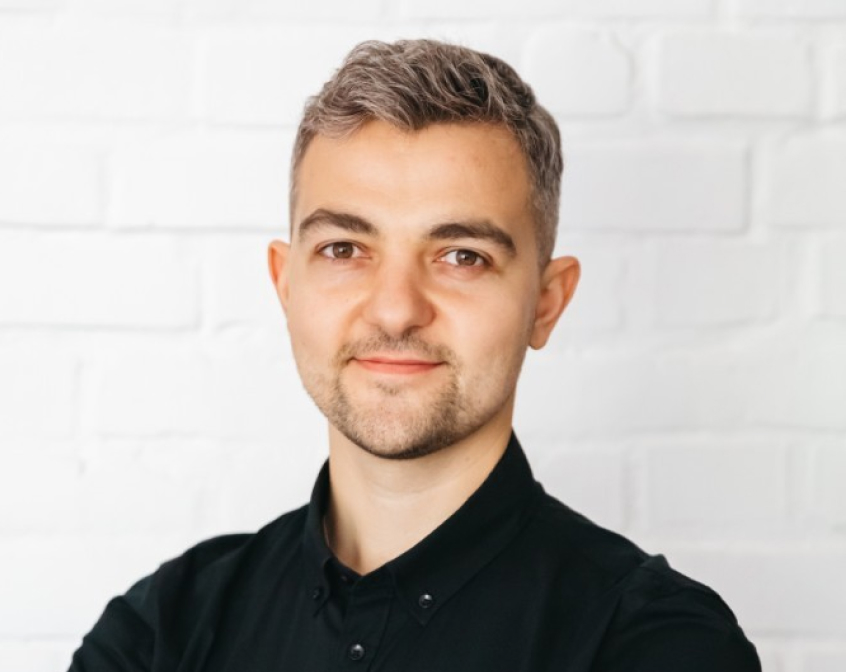
Sasha Reminnyi: Leading a Ukrainian Startup to Acquisition
In our most recent discussion in our ongoing interview series, we had the pleasure to speak to Sasha Reminnyi. Sasha…
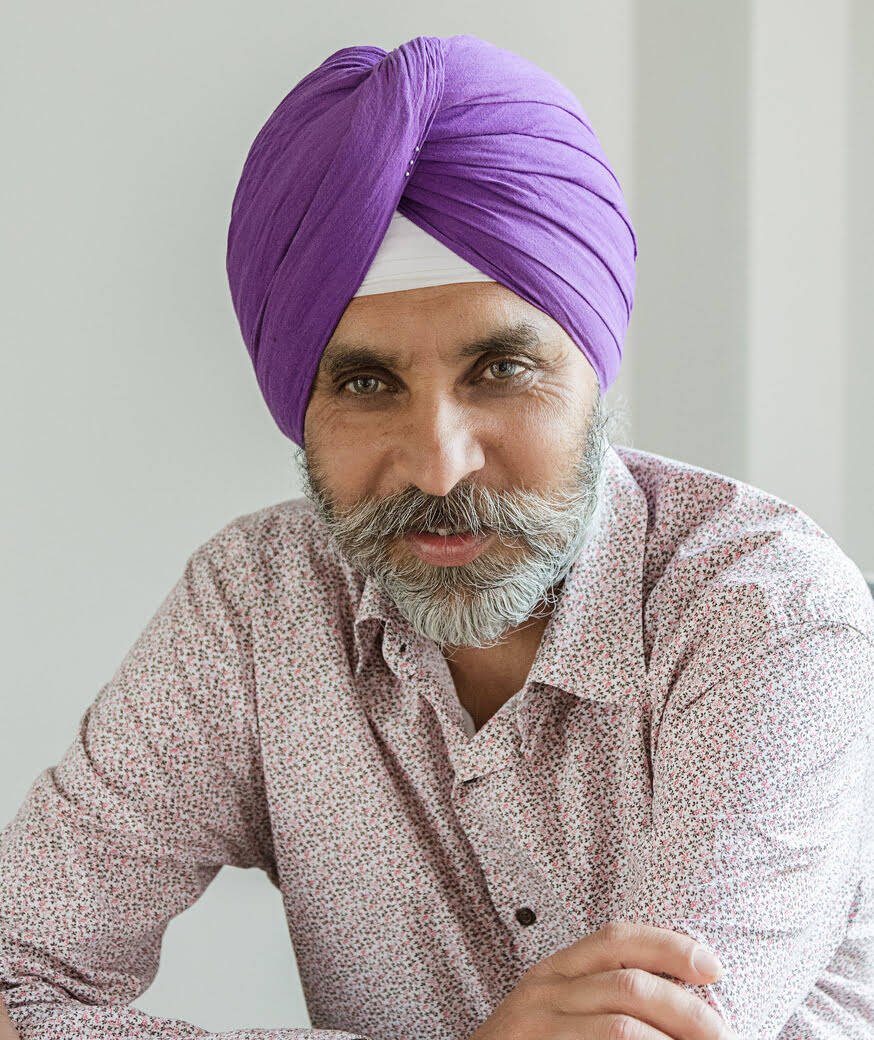
Kulpreet Singh: Conquering the European GTM Strategy
Crew Capital’s Dylan Reider and Sonia Damian recently sat down with Kulpreet Singh about considerations for startups building GTM strategies…
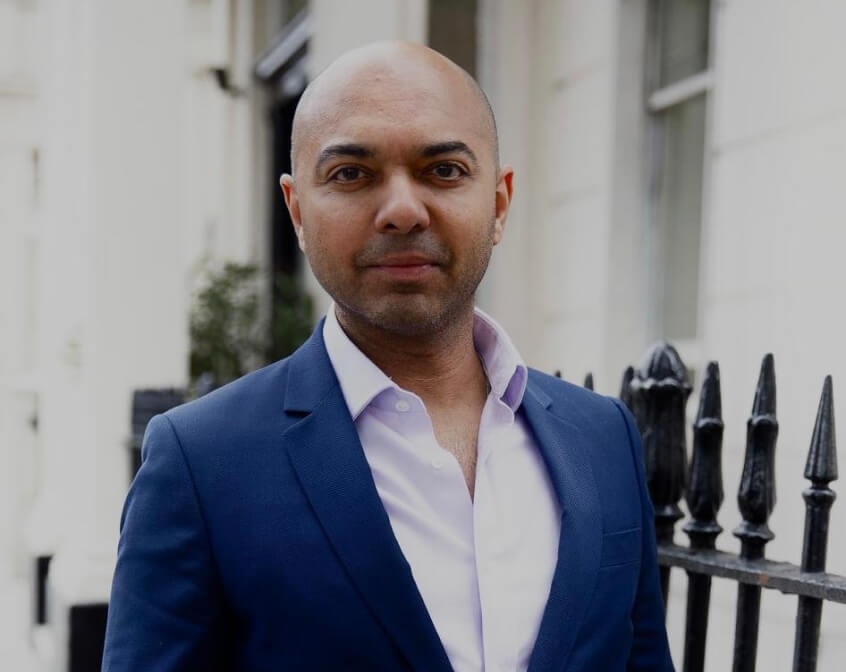
Kedar Dani: Building a Scalable Sales Engine at Early Stage Startups
In this conversation with Crew Capital’s Dylan Reider and Sonia Damian, Kedar Dani, GTM Advisor, shares sales advice for startups,…




